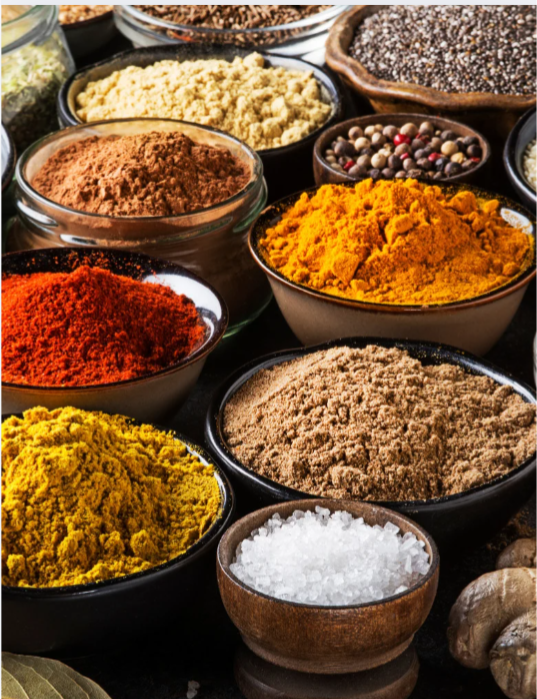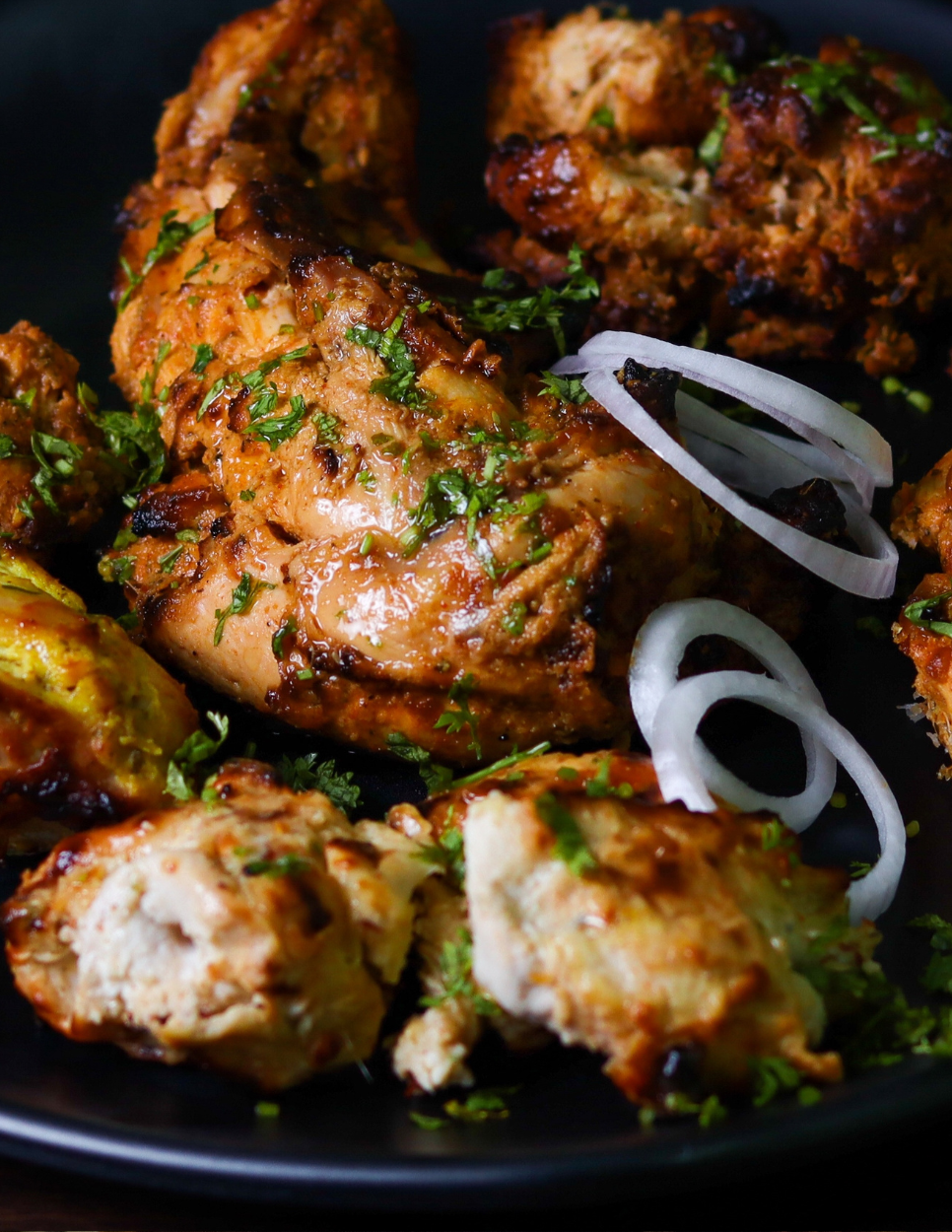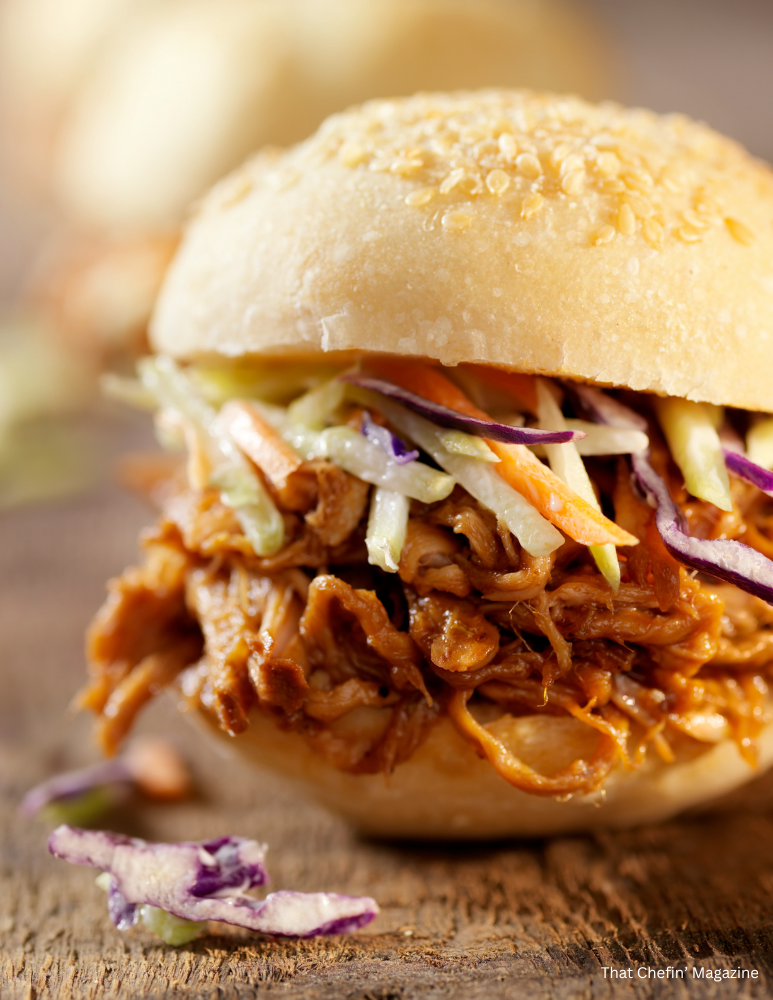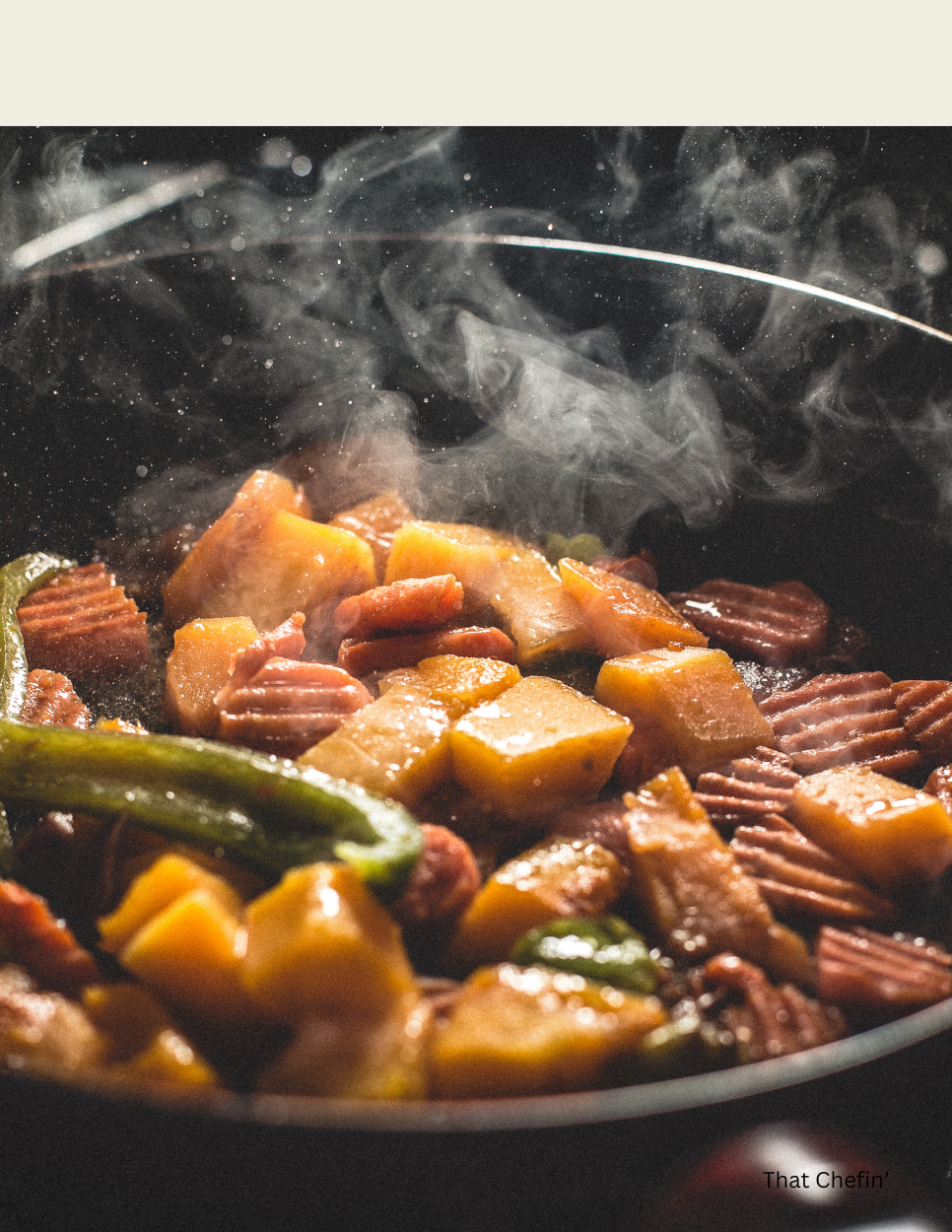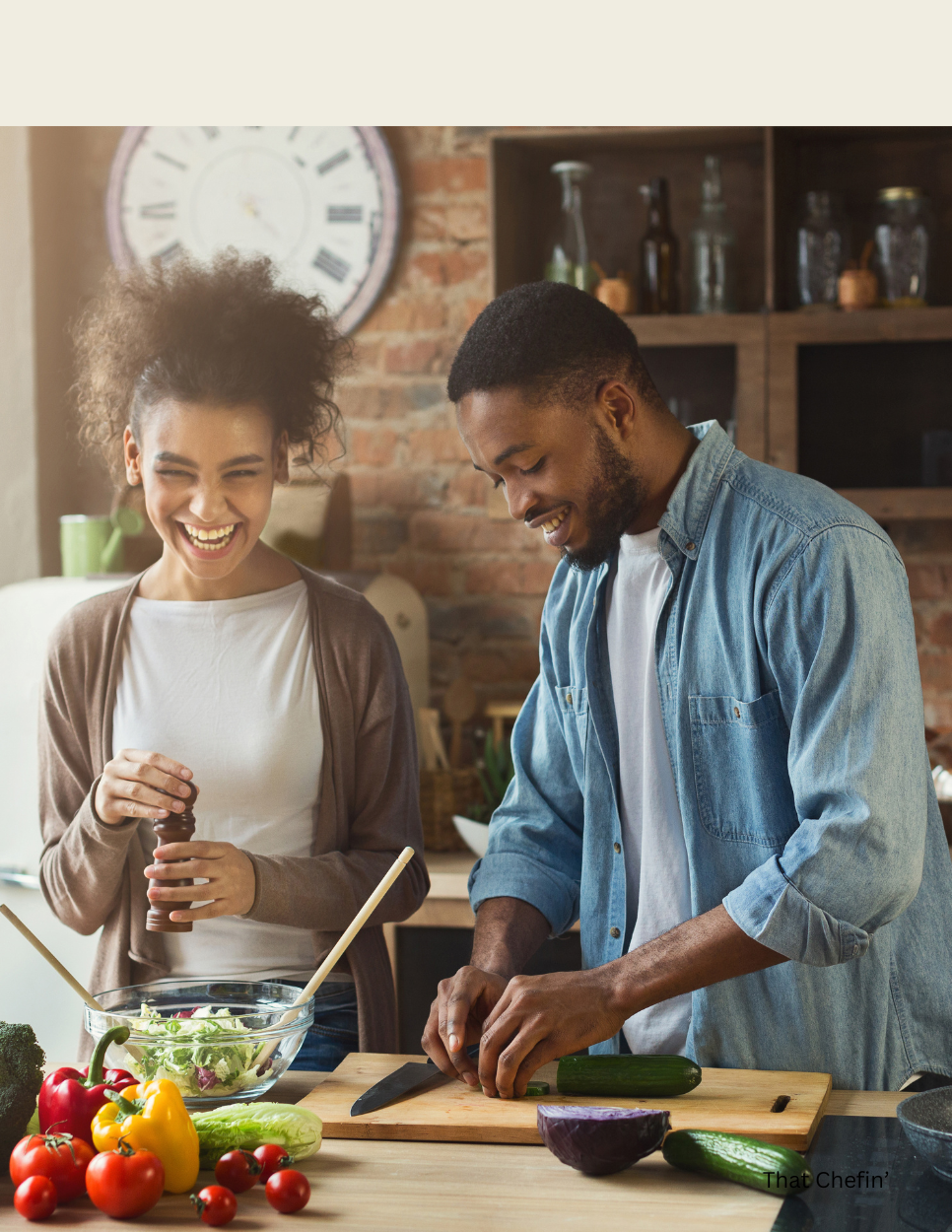In the world of cooking, the right tools can make all the difference. And when it comes to cookware, the options can be overwhelming. From aluminum to stainless steel, each material boasts its own unique set of pros and cons. So, how do you choose the perfect pan for your culinary creations? Let’s dive into the world of cookware and explore the characteristics of some popular materials.
Aluminum Pans: Lightweight and Budget-Friendly
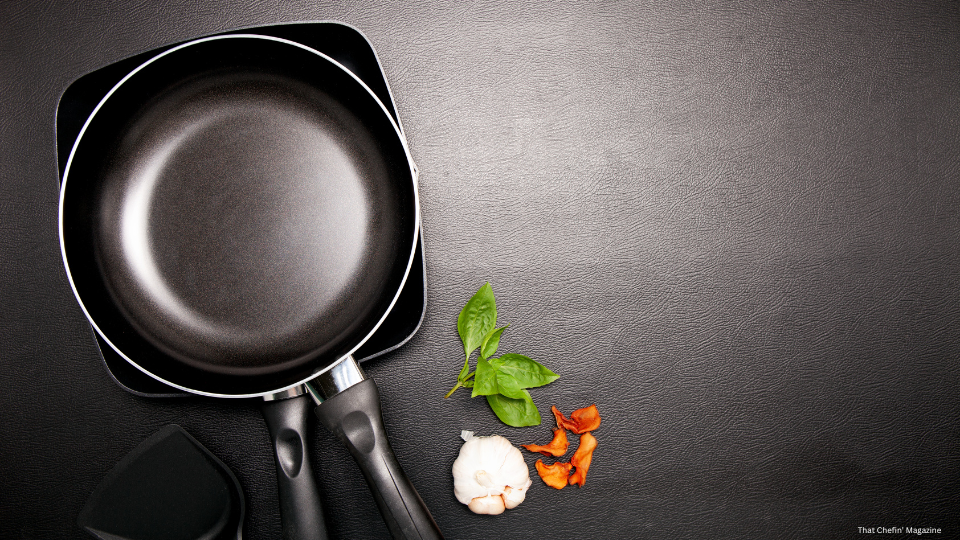
Aluminum pans are a popular choice for their lightweight design and affordability. They excel at conducting heat, ensuring even cooking and preventing hot spots. However, aluminum is a reactive metal, meaning it can interact with acidic foods, imparting a metallic taste. To combat this, most aluminum pans are coated with a non-stick layer. While this coating enhances their non-stick properties, it can also be prone to scratching and may degrade over time.
Pros:
- Lightweight and easy to handle
- Excellent heat conduction for even cooking
- Affordable and budget-friendly
Cons:
- Reactive with acidic foods
- Non-stick coating can be prone to scratching
- Not suitable for high-heat cooking
Cast Iron Pans: The Versatile Workhorse

Cast iron pans are renowned for their durability and versatility. They can withstand high temperatures, making them perfect for searing, frying, and even baking. Cast iron also retains heat exceptionally well, keeping your food warm for longer. However, these pans require some extra care. They need to be seasoned regularly to prevent rusting and can be quite heavy to handle.
Pros:
- Durable and long-lasting
- Versatile and suitable for various cooking methods
- Excellent heat retention
Cons:
- Requires seasoning to prevent rusting
- Heavy and can be challenging to handle
- Can react with acidic foods
Ceramic Pans: The Eco-Friendly Option
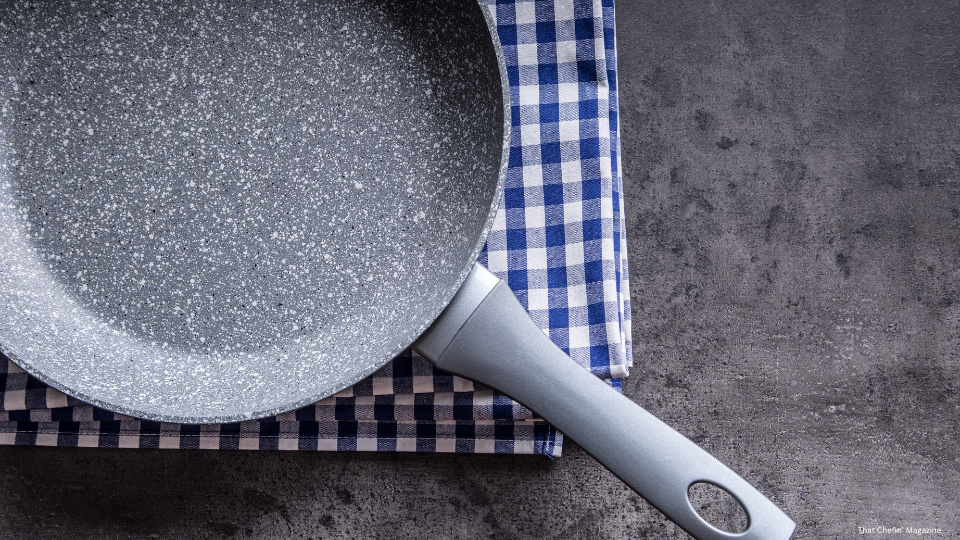
Ceramic pans have gained popularity for their eco-friendly and non-stick properties. They are typically made with a coating that is free of harmful chemicals like PFOA and PTFE. Ceramic pans also excel at even heat distribution, ensuring your food cooks uniformly. However, they may not be as durable as other materials and can be prone to chipping or scratching.
Pros:
- Eco-friendly and free of harmful chemicals
- Excellent non-stick properties
- Even heat distribution
Cons:
- Not as durable as other materials
- Can be prone to chipping or scratching
- May not be suitable for high-heat cooking
Copper Pans: The Elegant Choice
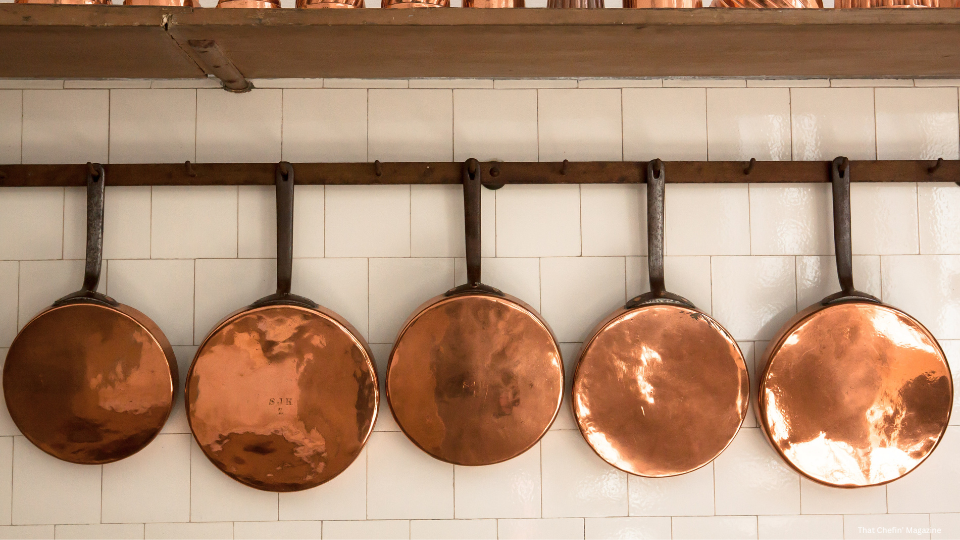
Copper pans are prized for their exceptional heat conductivity and elegant appearance. They heat up quickly and evenly, giving you precise control over your cooking. However, copper pans can be quite expensive and require special care to maintain their luster. They are also not suitable for induction cooktops.
Pros:
- Exceptional heat conductivity
- Elegant and visually appealing
- Precise temperature control
Cons:
- Expensive compared to other materials
- Requires special care to maintain its appearance
- Not suitable for induction cooktops
Stainless Steel Pans: The Classic Choice

Stainless steel pans are a kitchen staple, known for their durability and versatility. They are resistant to rust and corrosion, making them a long-lasting investment. Stainless steel pans are also compatible with induction cooktops and can be used for a variety of cooking methods. However, they may not conduct heat as evenly as other materials and can be prone to sticking.
Pros:
- Durable and resistant to rust and corrosion
- Versatile and suitable for various cooking methods
- Compatible with induction cooktops
Cons:
- May not conduct heat as evenly as other materials
- Can be prone to sticking
- Not as non-stick as coated pans
Choosing the right cookware depends on your cooking style, preferences, and budget. Consider the pros and cons of each material and select the pans that best suit your needs. With the right tools in your kitchen, you’ll be well-equipped to create culinary masterpieces.
Dutch Ovens: The Kitchen Powerhouse

A Dutch oven is a heavy-duty pot with a tight-fitting lid, typically made of cast iron (enameled or bare). It’s a true kitchen workhorse, excelling at braising, stewing, baking, deep frying, and even boiling. The thick walls and tight lid create a consistent and even cooking environment, ideal for slow cooking and retaining moisture. Enameled Dutch ovens offer the benefits of cast iron with easier cleanup and no need for seasoning.
Pros:
- Extremely versatile: braising, stewing, baking, frying, etc.
- Excellent heat retention and even heat distribution
- Suitable for both stovetop and oven cooking
- Enameled versions are easy to clean and don’t require seasoning
Cons:
- Heavy and can be difficult to handle
- Can be expensive, especially enameled versions
- Bare cast iron versions require seasoning
Pan Sizes
Skillet
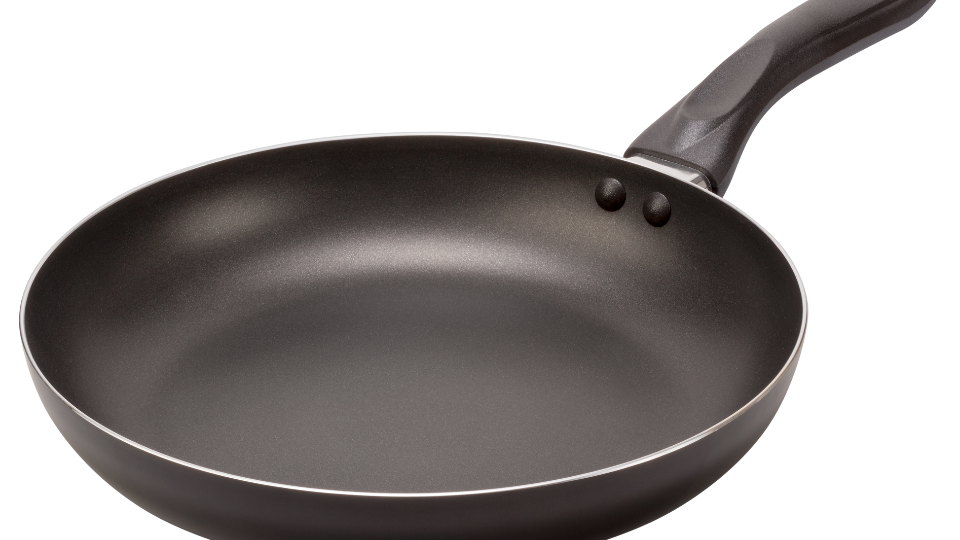
MEDIUM SKILLET
8 INCHES
LARGE SKILLET
10 INCHES
EXTRA- LARGE SKILLET
12 INCHES
Sauce Pan
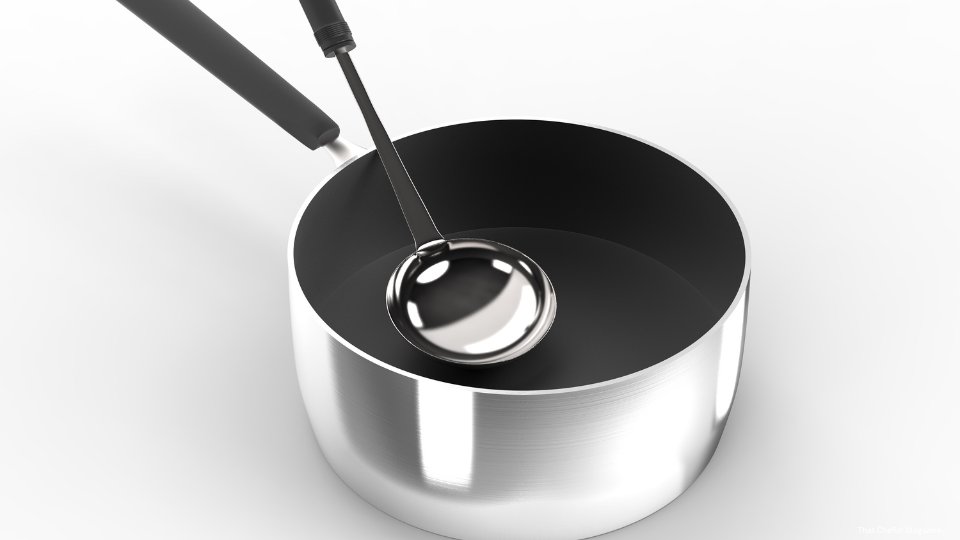
SMALL SAUCEPAN
1 or 1½ qt.
MEDIUM SAUCEPAN
2 qt.
LARGE SAUCEPAN
3 or 4 qt.
Choosing the right cookware depends on your cooking style, preferences, and budget. Consider the pros and cons of each material and select the pans that best suit your needs. With the right tools in your kitchen, you’ll be well-equipped to create culinary masterpieces.













